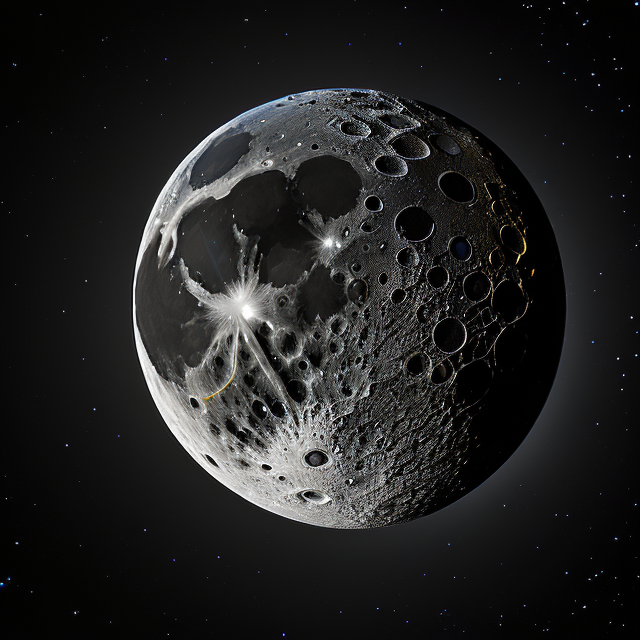|
|
Space Astro
|
Info for exoplanet "Bizopyo Yamya"
| Scientific (actual) data |
|---|
| Name | Kepler-17 b |
| Planet status | Confirmed |
| Planet mass | 2.45 |
| Radius | 1.31 |
| Orbital period | 1.48571 |
| Semi major axis | 0.02591 |
| Orbit eccentricity | 0.011 |
| Inclination | 87.2 |
| Angular distance | 0.000032 |
| Discovered | 2011 |
| Updated | 2025-02-19 |
| Tconj | 2455190 |
| Tzero tr | 2455190 |
| Impact parameter | 0.268 |
| K | 419.5 |
| Temperature (kelvin) | 1570 |
| Publication | Published in a refereed paper |
| Detection type | Primary Transit |
| Alternate names | 2MASS J19533486+4748540 b, K00203.01, KIC 10619192 b, KOI-203 b, KOI-203.01, WISE J195334.86+474853.9 b |
| Star name | Kepler-17 |
| Right ascension | 298.4° |
| Declination | 47.82° |
| Mag v | 14 |
| Mag j | 12.992 |
| Mag h | 12.67 |
| Star distance | 800 |
| Star metallicity | 0.26 |
| Star mass | 1.16 |
| Star radius | 1.05 |
| Star sp type | G2 V |
| Star age | 1.78 |
| Star temperature | 5781 |
| Star alternate names | 2MASS J19533486+4748540, KIC 10619192, KOI-203, WISE J195334.86+474853.9 |
| Wikipedia article | Kepler-17 b |
Back
| |
| Fictional info (?) |
|---|
| Suggested name | Bizopyo Yamya |
| Planet type | Large hot gas giant |
| It has the longest rotation period (445 days) of any planet in its solar system and rotates in the opposite direction to most other planets.
It is radically different from Earth in other respects. The methane has probably photodissociated, and the free oxygen has been swept into interplanetary space by the solar wind because of the lack of a planetary magnetic field.
The outer atmosphere is visibly segregated into several bands at different latitudes, resulting in turbulence and storms along their interacting boundaries.
This nice place is populated by odd advanced oceanic creatures, the "Anyo Ko", that spend their life in the forest while eating plants Most Anyo Ko are somewhat similar to the Yorya and have 8 eyes and vary in size from 5 to 9 cm. The Anyo Ko are known to survive temperatures from 70 to 160°C and high atmospheric pressure. |
| Estimated population | 500000000 |
| Atmosphere | Oxygen | 90% |
| Carbon dioxide | 8.1% |
| Methane | 1.3% |
| Water | 0.00075% |
| Atmospheric pressure | 28 bar |
 |
| Moon | Higeze Suragyo | Very small round rocky planetoid |
| Ayoshuyu Ho | Small round rocky moon |
| Habya | Very small potato shaped crater-filled moon |
| Gizonobo Piwo | Large round rocky planetoid |
| Kaza-dope Bo | Huge almost round rocky asteroid |
| Jonyo | Huge slightly egg-shaped gaseous comet |
| Hyacho-n | Medium-sized round rocky comet |
| Myobipyu Myu | Large round rocky comet |
| Myupya | Huge round gaseous planetoid |
| Google search for Bizopyo yamya |
|
Website by Joachim Michaelis
|
|
|
|